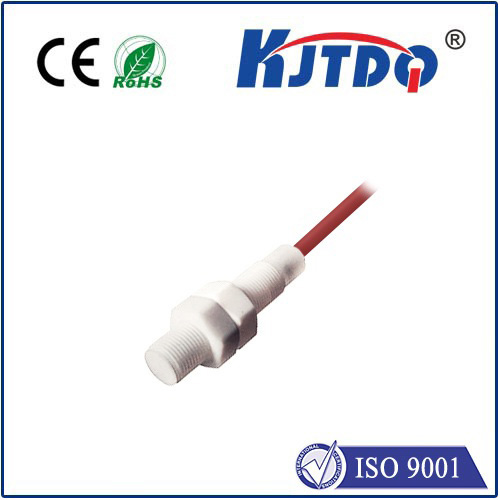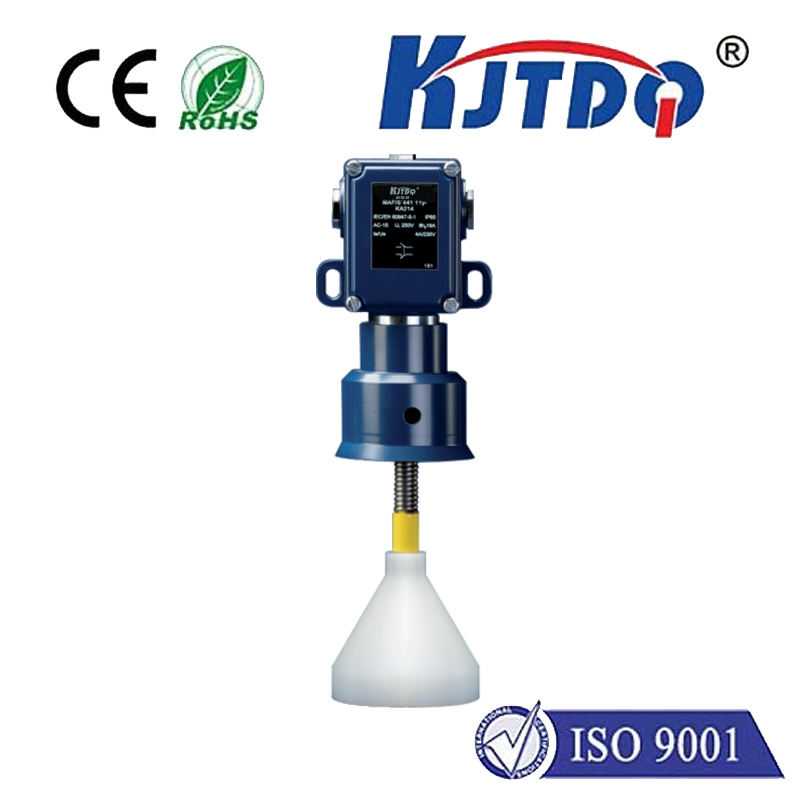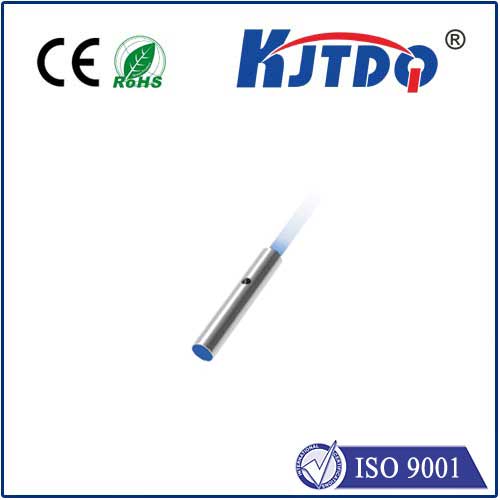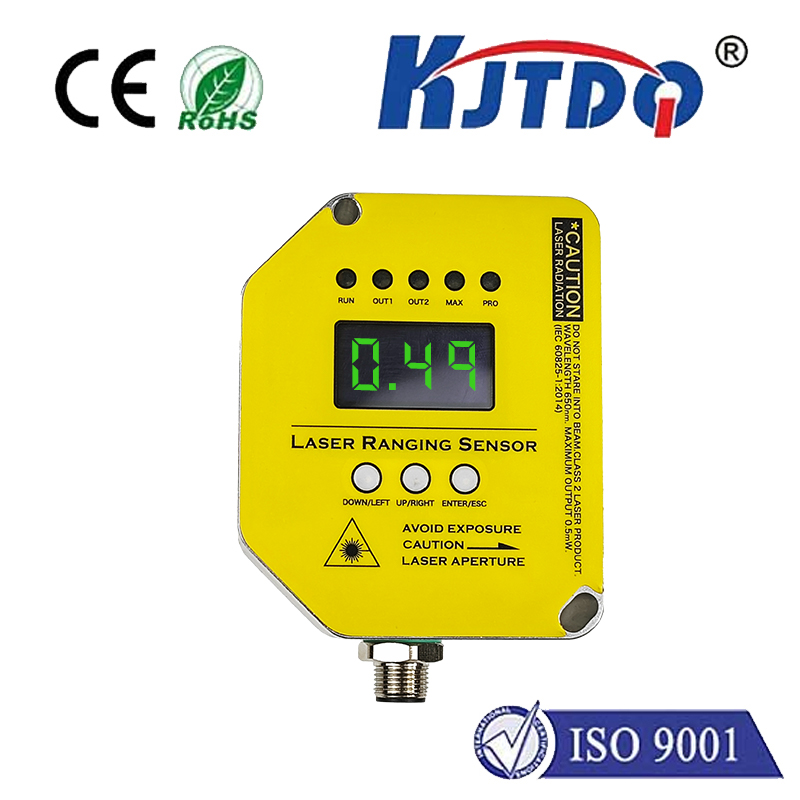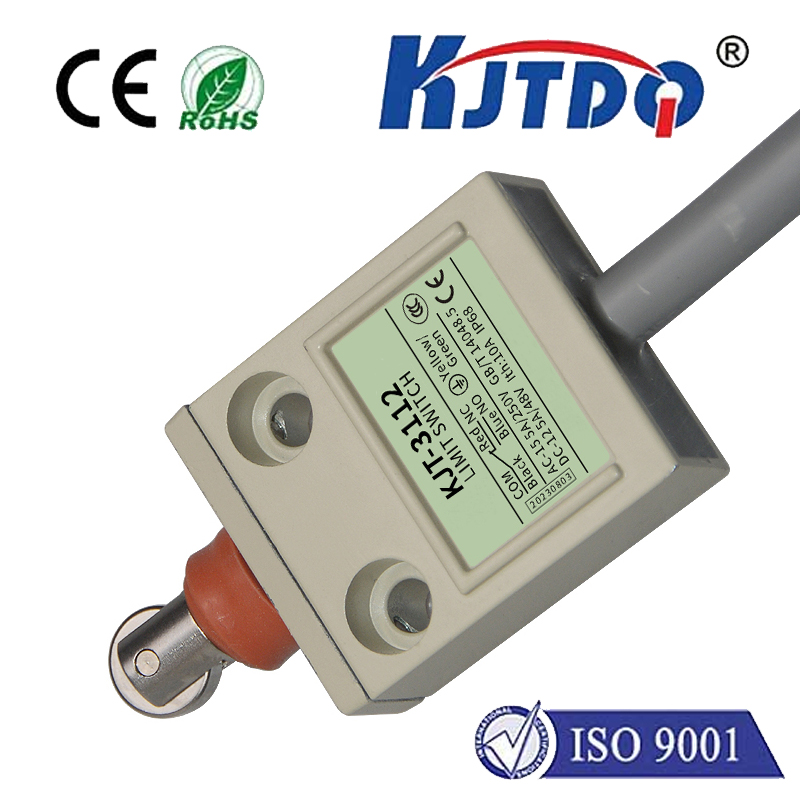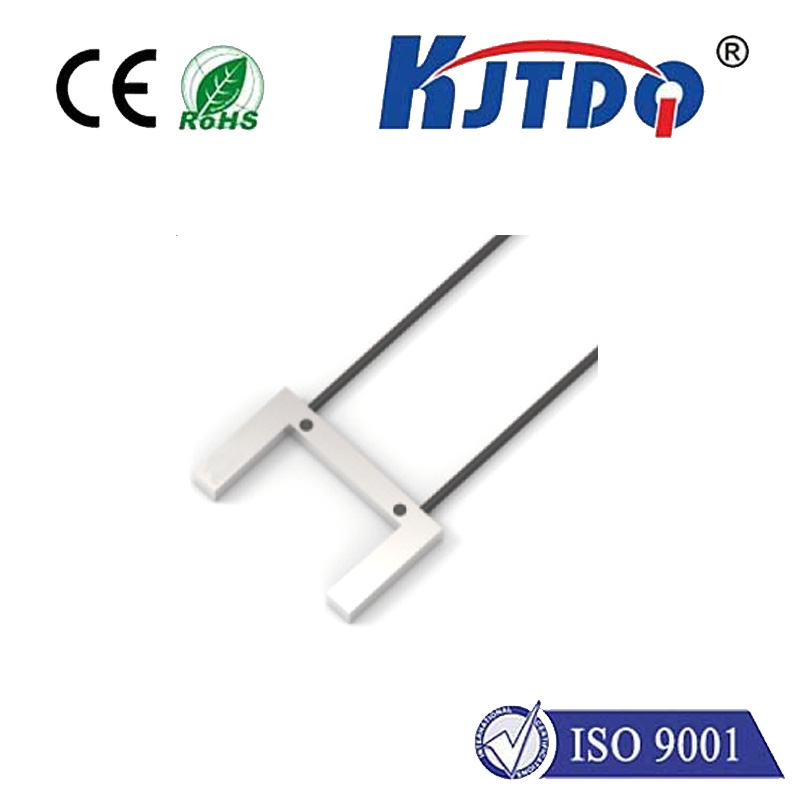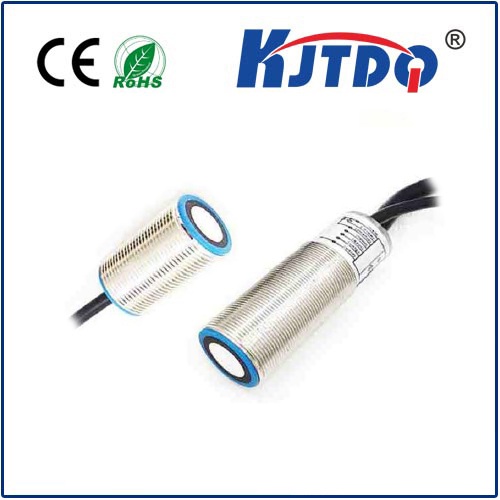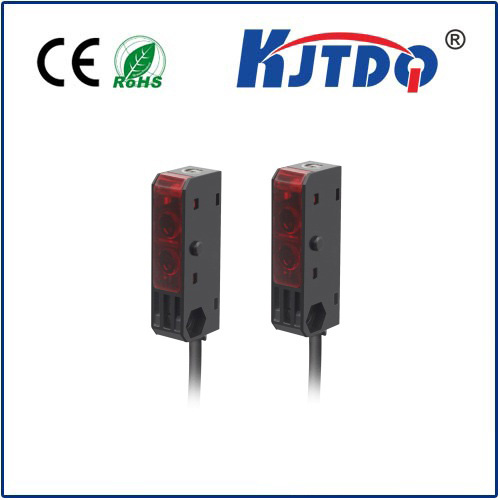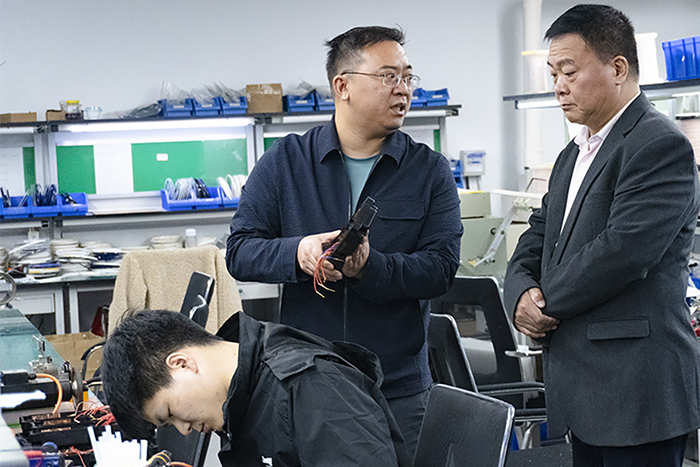
check

check

check
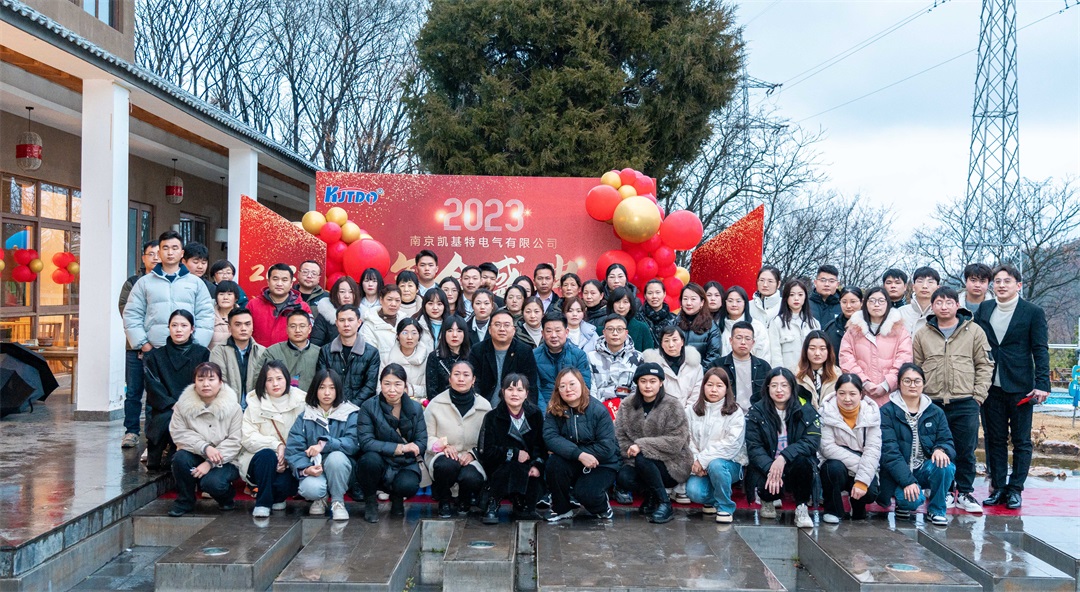
check
Understanding Sensor Proximity Capacitive Technology: A Comprehensive Guide In today’s world of smart devices and automation, sensor proximity capacitive technology plays a pivotal role in enhancing user experience and enabling seamless interactions. Whether it’s your smartphone screen responding to your touch or an industrial machine detecting nearby objects, this technology is at the heart of countless applications. But what exactly is sensor proximity capacitive technology, and how does it work? This article delves into the intricacies of this innovative technology, its applications, and why it’s a game-changer in modern electronics.
Sensor proximity capacitive technology is a type of sensing mechanism that detects the presence or absence of an object without physical contact. It operates based on the principle of capacitance, which is the ability of a system to store an electric charge. When an object, such as a human hand or a conductive material, comes near the sensor, it alters the capacitance of the system. This change is then detected and interpreted by the sensor, triggering a specific response. Unlike traditional mechanical switches or infrared sensors, proximity capacitive sensors are highly sensitive, durable, and capable of functioning in various environments. They are widely used in consumer electronics, automotive systems, industrial automation, and more.
At its core, sensor proximity capacitive technology relies on the interaction between an electric field and a nearby object. Here’s a simplified breakdown of the process:
Electric Field Generation: The sensor generates an electric field around its surface.
Capacitance Change: When an object enters this field, it disrupts the electric field, causing a change in capacitance.
Signal Processing: The sensor detects this change and converts it into an electrical signal.
Response Activation: The signal is processed by the device, triggering a predefined action, such as turning on a display or activating a safety mechanism. This non-contact sensing method ensures longevity and reliability, making it ideal for applications where physical wear and tear are concerns.
The versatility of sensor proximity capacitive technology has led to its adoption across numerous industries. Here are some of its most prominent applications:
Smartphones, tablets, and laptops are perhaps the most recognizable applications of this technology. Proximity capacitive sensors are used to detect when a user’s face is near the device, automatically turning off the screen during calls to prevent accidental touches.

In vehicles, these sensors are used for touchless controls, such as gesture-based infotainment systems, and to detect the presence of passengers for airbag deployment.
Proximity capacitive sensors play a critical role in detecting objects on conveyor belts, monitoring liquid levels, and ensuring machinery safety by detecting human proximity.
Modern appliances like touchless faucets, automatic soap dispensers, and smart refrigerators utilize this technology to enhance convenience and hygiene.
In the healthcare sector, proximity capacitive sensors are used in touchless interfaces for medical equipment, reducing the risk of contamination.
The widespread adoption of sensor proximity capacitive technology can be attributed to its numerous benefits:
Non-Contact Operation: Eliminates physical wear and tear, ensuring durability.
High Sensitivity: Capable of detecting even subtle changes in proximity.
Energy Efficiency: Consumes minimal power, making it ideal for battery-operated devices.
Versatility: Works with a wide range of materials, including metals, plastics, and human skin.
Compact Design: Can be integrated into small devices without compromising performance.
While sensor proximity capacitive technology offers significant advantages, it is not without its challenges. Factors such as environmental interference, material compatibility, and calibration complexity can affect its performance. For instance, humidity or electromagnetic interference may lead to false readings. Therefore, proper design and testing are crucial to ensure optimal functionality.
As technology continues to evolve, sensor proximity capacitive systems are expected to become even more advanced. Emerging trends include:
Integration with AI: Combining capacitive sensors with artificial intelligence to enable more intuitive and adaptive interactions.
Miniaturization: Developing smaller and more efficient sensors for wearable devices and IoT applications.
Enhanced Durability: Improving resistance to environmental factors like moisture and temperature fluctuations.
Multi-Functional Sensors: Combining proximity sensing with other functionalities, such as touch and pressure detection.
Sensor proximity capacitive technology has revolutionized the way we interact with devices and machinery, offering a blend of sensitivity, reliability, and efficiency. Its applications span across industries, making it an indispensable component of modern technology. As advancements continue, we can expect even more innovative uses and improvements, further solidifying its role in shaping the future of electronics and automation.
